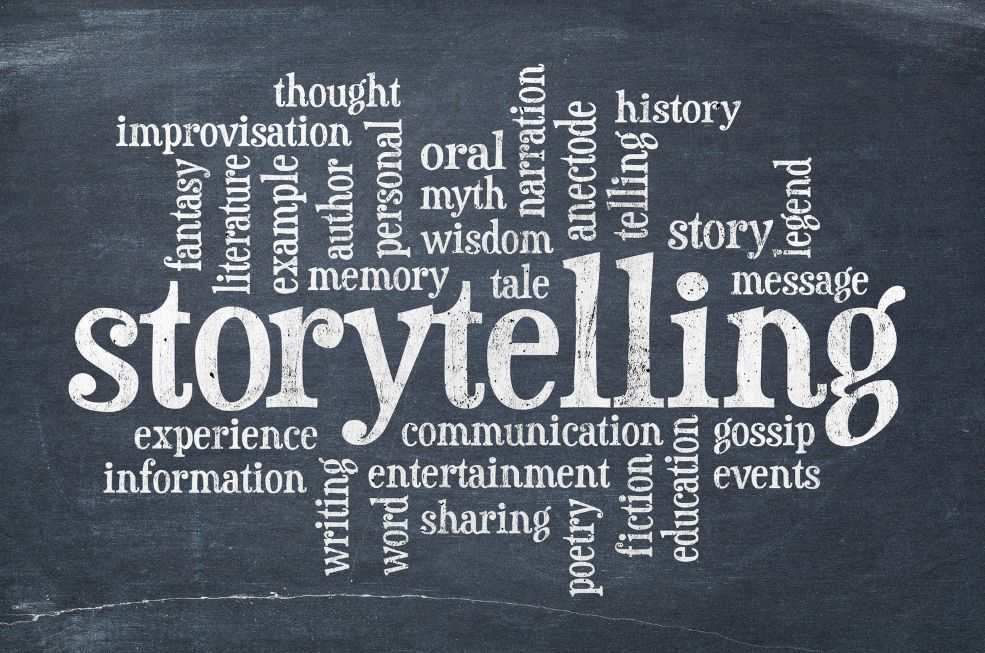Your story should be at the center of every message you send out.
I don’t remember when I first heard of businesses using stories to help market themselves, but it caught my attention because “stories” and “business” didn’t sound like they went together. I thought of stories as something we read to children at bedtime or read in novels as adults.
But in 2003 or 2004, I started hearing about case studies. When I learned what those are – stories that talk about a company’s product or service, including interviews with satisfied customers – I was fascinated.
One thing that struck me was how similar those are to feature articles.
I had been writing feature articles for over 20 years by that time, starting with a small newspaper I worked for in my college town. So I was used to interviewing people and writing stories others would be interested in reading. But I thought interviewing and writing articles (stories) were only for magazines or newspapers.
Storytelling in the business world began popping up all over the place during the next few years. And it wasn’t just case studies anymore!
Major brands like Coca-Cola, Nike, and Boeing use stories in a variety of ways to tell messages that attract people to their products by focusing on individuals – not the products – and how those products impact their lives. Videos, social media, and case studies are just a few of the ways they do that.
In order to tell an effective story (and create a strong message) for your brand or company, there ARE a few guidelines to follow. In her book, Everybody Writes, Ann Handley shares six characteristics of a good content idea or story:
TRUE – Your story should feature real people and real situations, along with genuine emotions … and facts. Ideally, the story should SHOW, not TELL.
HUMAN – Show how your products or services improve the lives of actual people. And be specific.
ORIGINAL – Offer a fresh, new perspective. Why is your company (and product or service) unique?
YOUR CUSTOMER AS HERO – The main character in your story should be your customer or client. When people read your story, will they recognize themselves in the scenario you’ve laid out? Focus on how your products or services touch people’s lives, and paint a picture of why they should care about what you offer.
PASSIONATE – Share messages that spark real emotion in people’s hearts and minds. This is easy to do when you’re sharing something you’re passionate about! As Ann puts it, “Passion is contagious.”
ALIGNED WITH BUSINESS STRATEGY – The messages you send should mention two things: your brand and your unique value proposition (what you offer better than or unlike others).
The last item on this list is important, but should NEVER be the main focus of your message. The first five items on the list are what will make your messages unforgettable – every single time.
Stories are powerful for so many reasons. They help us …
> … Solve problems.
> … … Develop empathy.
> … … … Understand ourselves.
> … … … … Cope with life.
The bottom line is: All of us have stories to tell.
I hope this post starts you thinking about ways you can share your own story!








